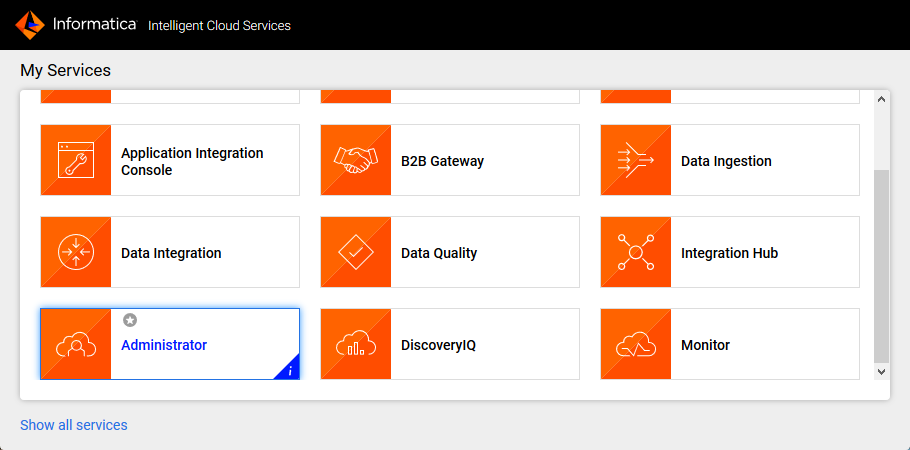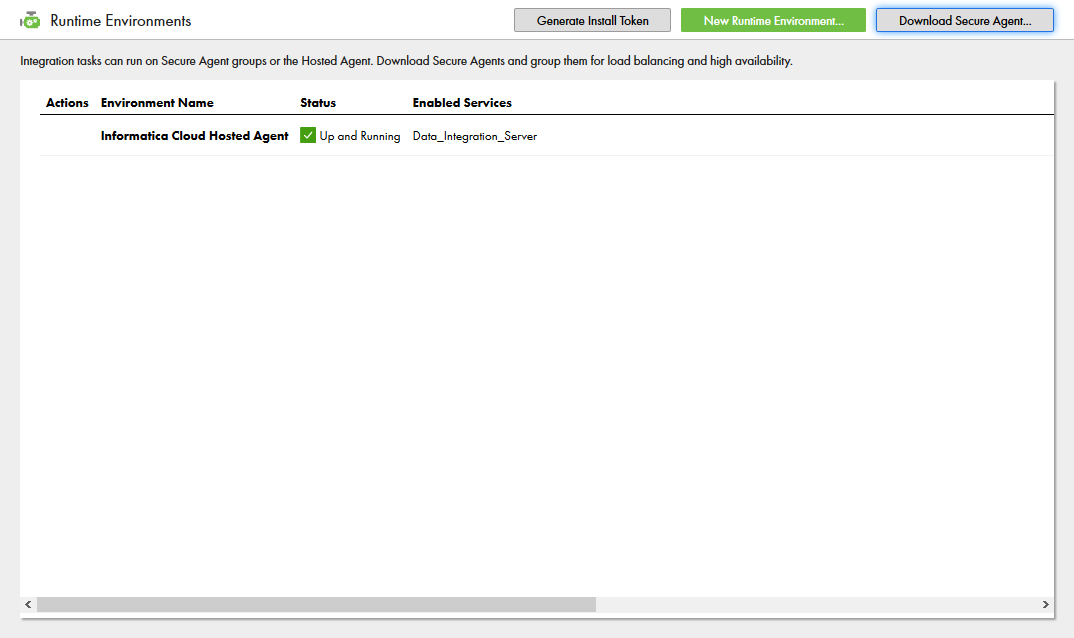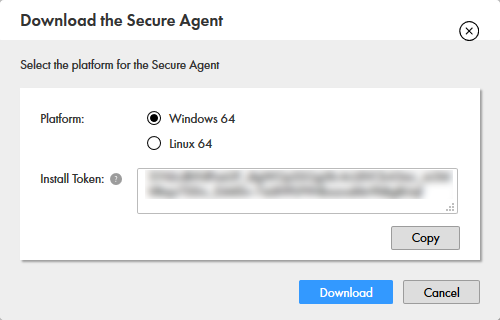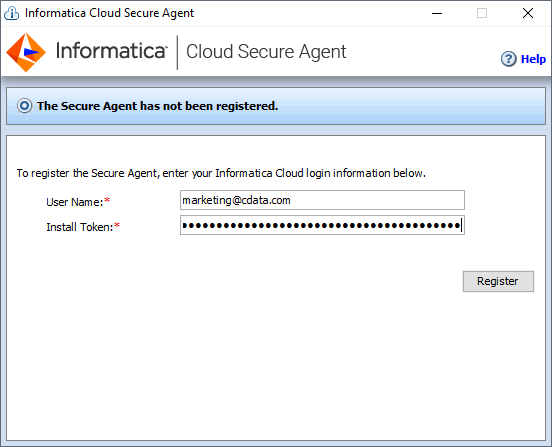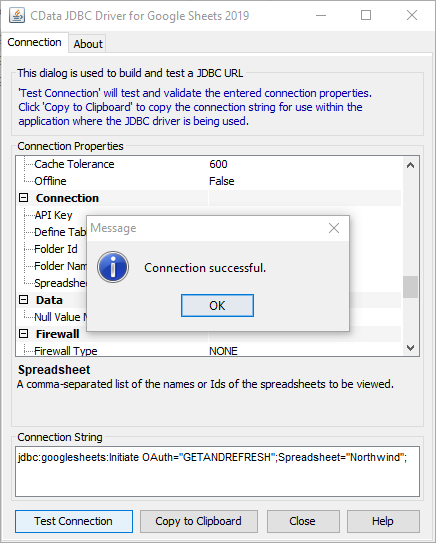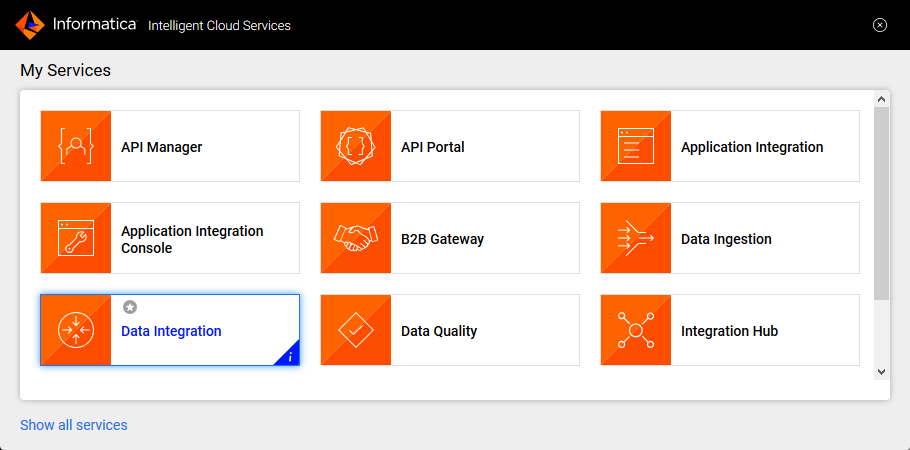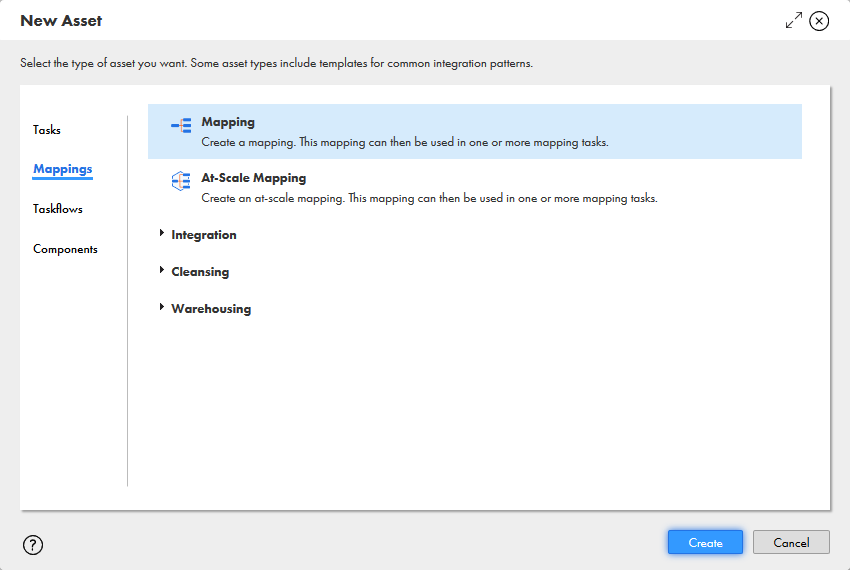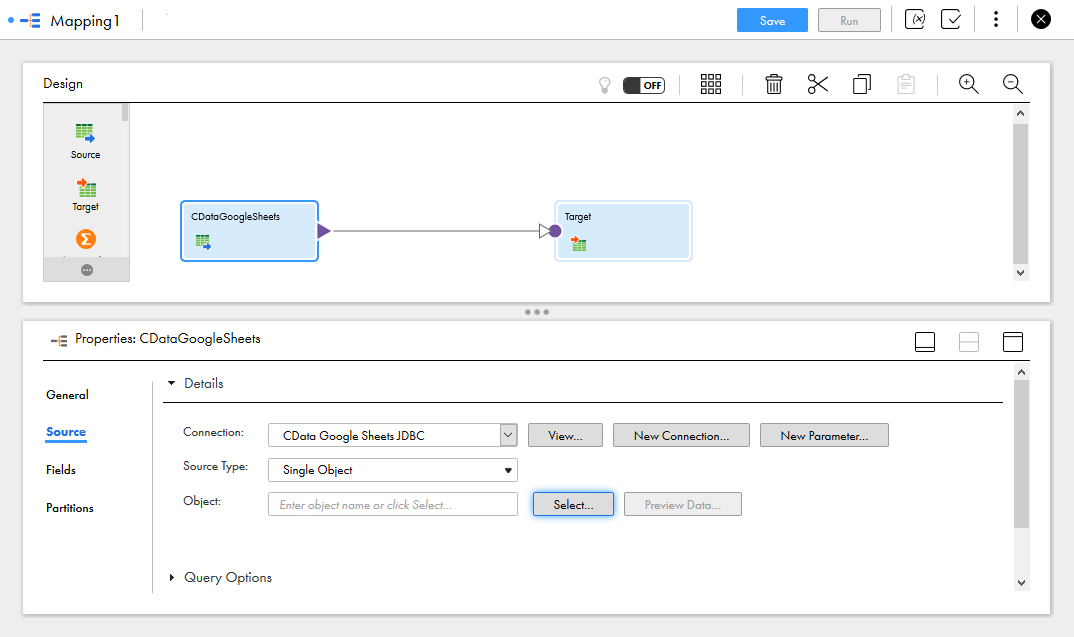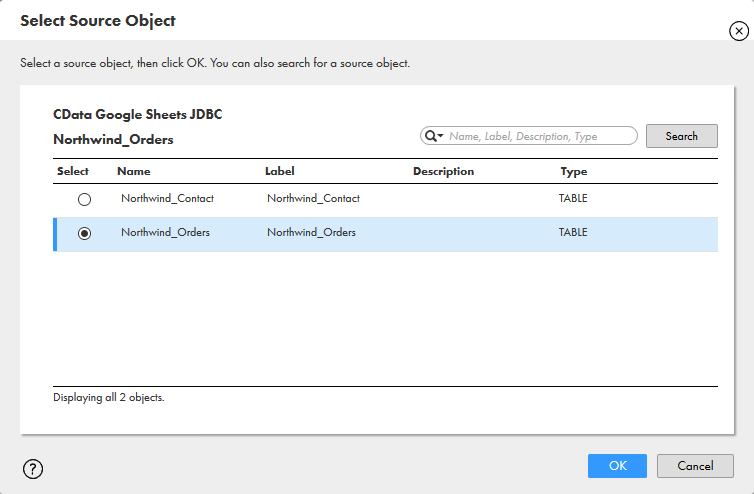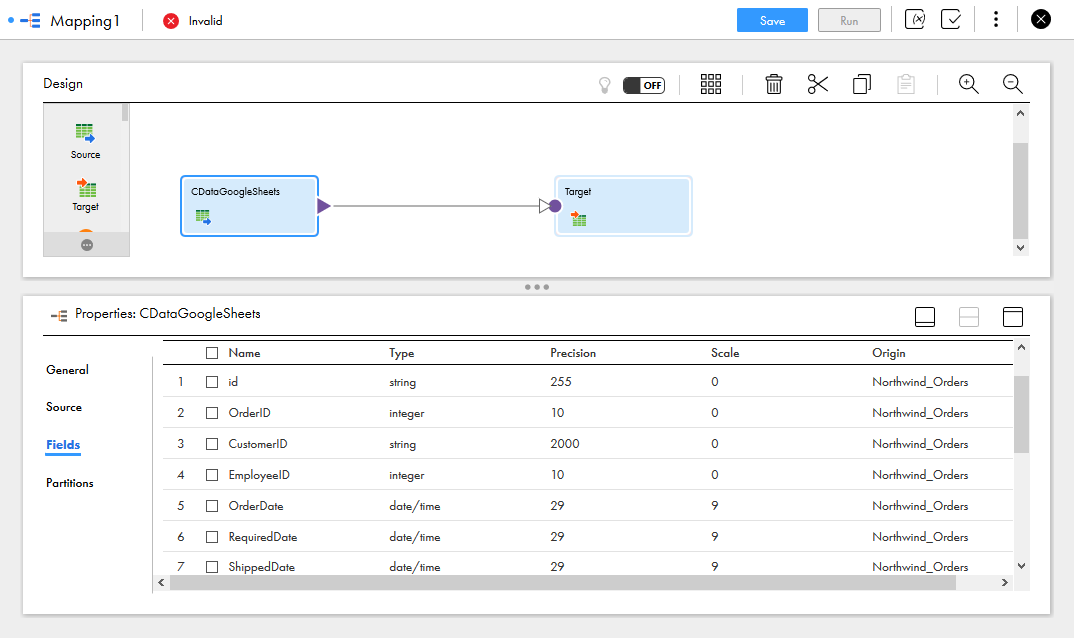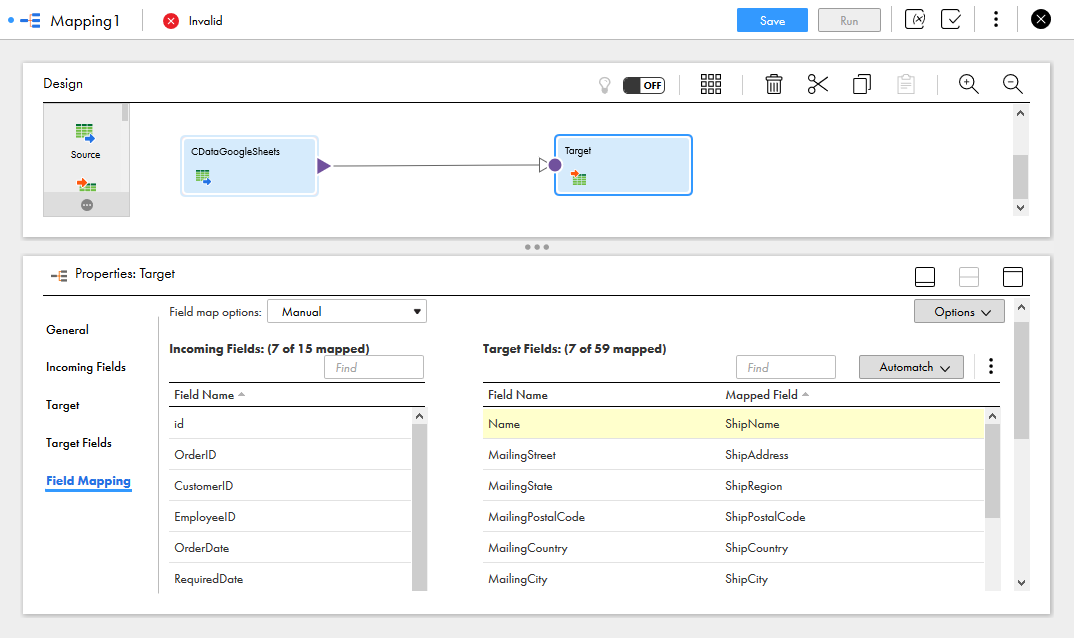Discover how a bimodal integration strategy can address the major data management challenges facing your organization today.
Get the Report →Integrate GraphQL Data in Your Informatica Cloud Instance
Use CData JDBC drivers with the Informatica Cloud Secure Agent to access live GraphQL data from Informatica Cloud.
Informatica Cloud allows you to perform extract, transform, and load (ETL) tasks in the cloud. With the Cloud Secure Agent and the CData JDBC Driver for GraphQL, you get live access to GraphQL data, directly within Informatica Cloud. In this article, we will walk through downloading and registering the Cloud Secure Agent, connecting to GraphQL through the JDBC Driver and generating a mapping that can be used in any Informatica Cloud process.
Informatica Cloud Secure Agent
To work with the GraphQL data through the JDBC Driver, install the Cloud Secure Agent.
- Navigate to the Administrator page in Informatica Cloud
![]()
- Select the Runtime Environments tab
- Click "Download Secure Agent"
![]()
- Make note of the Install Token
![]()
- Run the installer on the client machine and register the Cloud Secure Agent with your username and install token
![]()
NOTE: It may take some time for all of the Cloud Secure Agent services to get up and running.
Connecting to the GraphQL JDBC Driver
With the Cloud Secure Agent installed and running, you are ready to connect to GraphQL through the JDBC Driver. Start by clicking the Connections tab and clicking New Connection. Fill in the following properties for the connection:
- Connection Name: Name your connection (i.e.: CData GraphQL Connection)
- Type: Select "JDBC_V2"
- Runtime Environment: Select the runtime environment where you installed the Cloud Secure Agent
- JDBC Connection URL: Set this to the JDBC URL for GraphQL. Your URL will look similar to the following:
jdbc:graphql:AuthScheme=Basic;User=username;Password=password;URL=https://mysite.com;InitiateOAuth=GETANDREFRESH;You must specify the URL of the GraphQL service. The driver supports two types of authentication:
- Basic: Set AuthScheme to Basic. You must specify the User and Password of the GraphQL service.
- OAuth 1.0 & 2.0: Take a look at the OAuth section in the Help documentation for detailed instructions.
Built-In Connection String Designer
For assistance in constructing the JDBC URL, use the connection string designer built into the GraphQL JDBC Driver. Either double-click the .jar file or execute the .jar file from the command-line.
java -jar cdata.jdbc.graphql.jarFill in the connection properties and copy the connection string to the clipboard.
![Using the built-in connection string designer to generate a JDBC URL (Google Sheets is shown.)]()
- JDBC Jar Directory: Set this to the lib folder in the installation location for the JDBC Driver (on Windows, typically C:\Program Files\CData[product_name]\)
- Driver Class: Set this to cdata.jdbc.graphql.GraphQLDriver
- Username: Set this to the username for GraphQL
- Password: Set this to the password for GraphQL
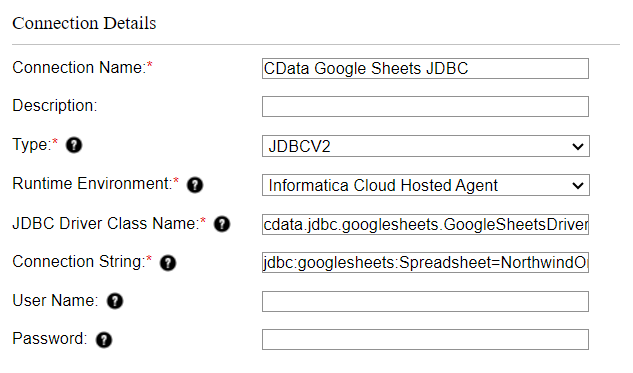
Create a Mapping for GraphQL Data
With the connection to GraphQL configured, we can now access GraphQL data in any Informatica process. The steps below walk through creating a mapping for GraphQL to another data target.
- Navigate to the Data Integration page
![]()
- Click New.. and select Mapping from the Mappings tab
![]()
- Click the Source Object and in the Source tab, select the Connection and set the Source Type
![Selecting the Source Connection and Source Type]()
- Click "Select" to choose the table to map
![Selecting the Source Object]()
- In the Fields tab, select the fields from the GraphQL table to map
![Selecting Source Fields to map]()
- Click the Target object and configure the Target source, table and fields. In the Field Mapping tab, map the source fields to the target fields.
![Selecting the Target Field Mappings]()
With the mapping configured, you are ready to start integrating live GraphQL data with any of the supported connections in Informatica Cloud. Download a free, 30-day trial of the CData JDBC Driver for GraphQL and start working with your live GraphQL data in Informatica Cloud today.






